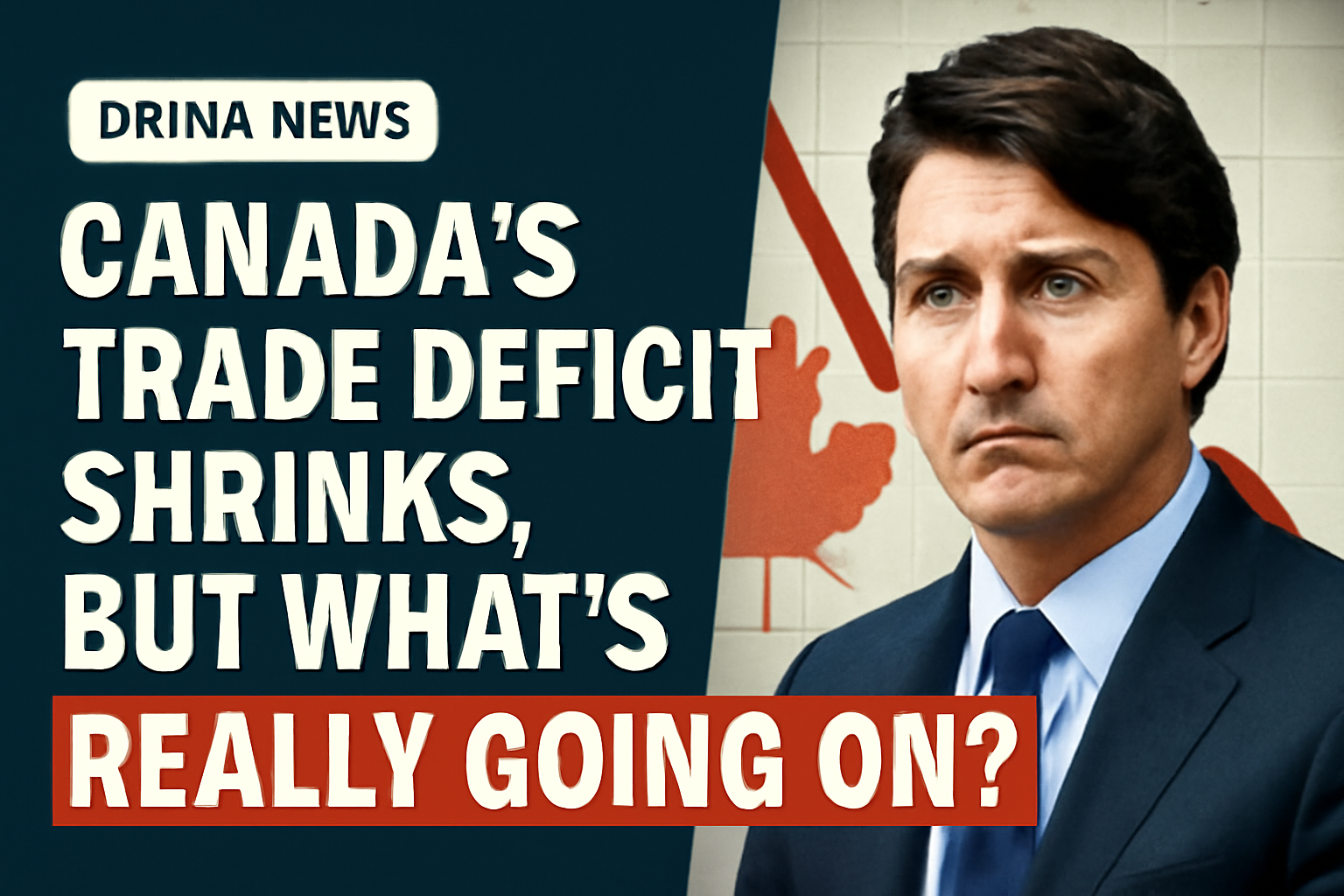Canada’s Trade Deficit Shrinks, But What’s Really Going On?
In May, Canada recorded a trade deficit of 5.9 billion Canadian dollars (about 3.7 billion euros), marking a 22% drop from the 7.6 billion Canadian dollars (about 4.8 billion euros) deficit in April. At first glance, this sounds like great news for the Canadian economy, but let’s dig a little deeper.
Import Drop and Export Growth – But Why?
Canada’s imports fell by 1.6% to 66.7 billion Canadian dollars (about 41.83 billion euros), marking the third consecutive monthly decline. Imports from the United States dropped by 1.2%, partly due to reciprocal tariffs that Canada and the US impose on each other. So, this isn’t just healthy economic growth; it’s also a result of trade tensions affecting the flow of goods.
On the flip side, exports rose by 1.1% compared to the previous month, reaching 60.8 billion Canadian dollars. The biggest jump was in exports of metal and non-metal mineral products, which soared by 15.1%, while exports of consumer goods increased by 2.6%.
Trade Tensions and Political Games
Canada recently scrapped its digital tax after former US President Donald Trump halted trade talks. Also, Canada backed out of a joint G7 statement on the war in Ukraine, further complicating international relations and trade flows.
These improvements in the trade balance are partly due to reduced imports, not just export growth. This means the Canadian economy might not be in as great shape as the numbers suggest – people and companies are buying less, which could be a sign of slowing down.
What Does This Mean For Us?
These figures are an important indicator of Canada’s economic health and global trade relations. A drop in imports could mean fewer choices and higher prices for consumers, while export growth might indicate Canadian companies are finding new buyers abroad.
But don’t forget – trade tensions with the US and political decisions can quickly change this picture. If tariffs continue to be used as trade weapons, neither Canada nor its partners will come out as winners.
Conclusion
Canada’s trade deficit has shrunk, but not because the economy exploded with success. The drop in imports and rise in exports are partly due to trade tensions and political decisions casting a shadow over these numbers. If you love economics and playing with numbers, this is a real treat for you.
So, what do you think? Is this a real sign of recovery or just an illusion? Drop a comment and let’s see who’s the optimist and who’s the realist in this trade soap opera!









